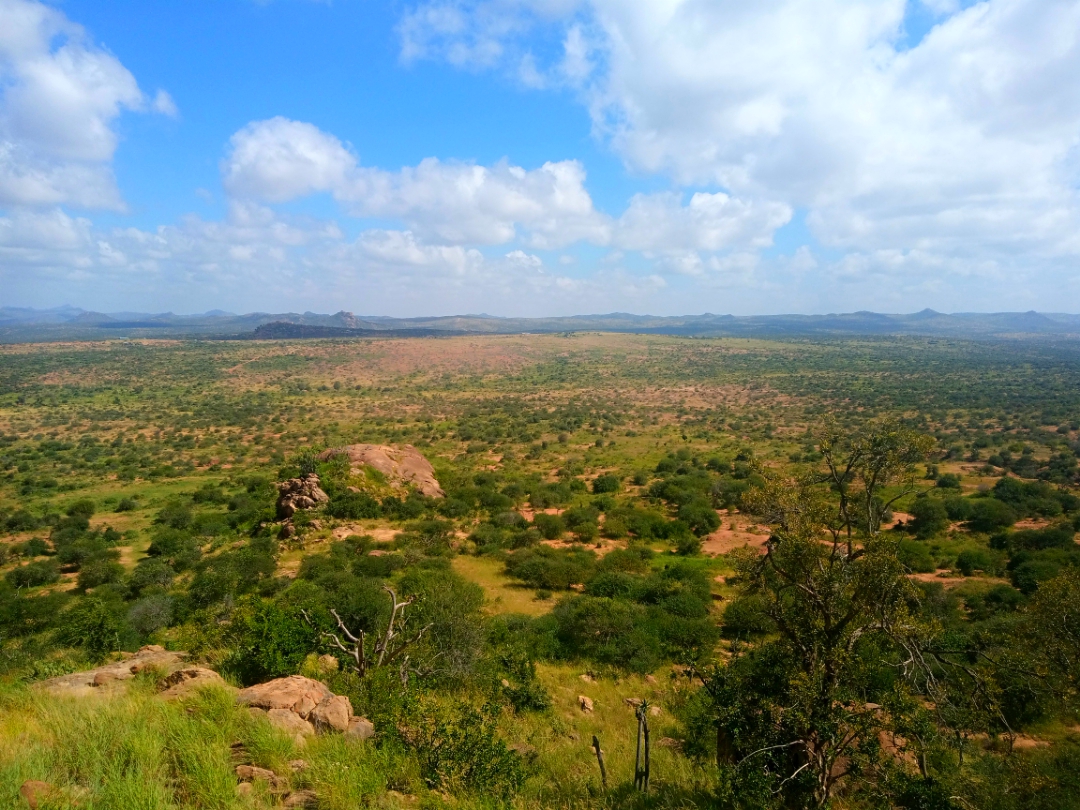In the vast expanse of the Kenya’s savannah, one creature stands out as a symbol of strength, intelligence, and familial bonds—the African savannah elephant (Loxodonta africana). These majestic giants, characterized by their iconic large ears and long, curved tusks, are the largest land animals on Earth, creating a breathtaking spectacle against the backdrop of the expansive grasslands.
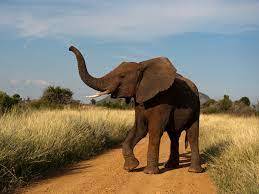
1. Social Structures and Emotional Intelligence:
African savannah elephants are renowned for their complex social structures and remarkable emotional intelligence. Living in tight-knit family units led by a matriarch, these creatures form deep and lasting bonds. They communicate through a variety of vocalizations, body language, and even infrasound, allowing them to convey emotions, share information about resources, and warn of potential dangers. The intricate social fabric of elephant herds highlights their remarkable capacity for empathy and cooperation.
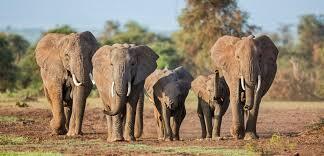
2. Environmental Engineers:
Beyond their captivating social dynamics, African savannah elephants play a crucial ecological role as environmental engineers. Their foraging behaviours, particularly their habit of uprooting trees and shaping the landscape, create microhabitats for other species. These large herbivores contribute to biodiversity by transforming the terrain, influencing vegetation patterns, and promoting a mosaic of habitats that benefit various plants and animals in the savannah ecosystem.

3. Conservation Challenges and Success Stories:
Despite their awe-inspiring presence, African savannah elephants face numerous threats, primarily from poaching for their ivory tusks and habitat loss due to human activities. Conservation efforts across Kenya aim to protect these magnificent creatures and their habitats. Successful initiatives involve community engagement, anti-poaching patrols, and international collaborations to combat the illegal ivory trade. Such endeavors are crucial in ensuring the long-term survival of the African savannah elephant and preserving the biodiversity of the ecosystems they inhabit.
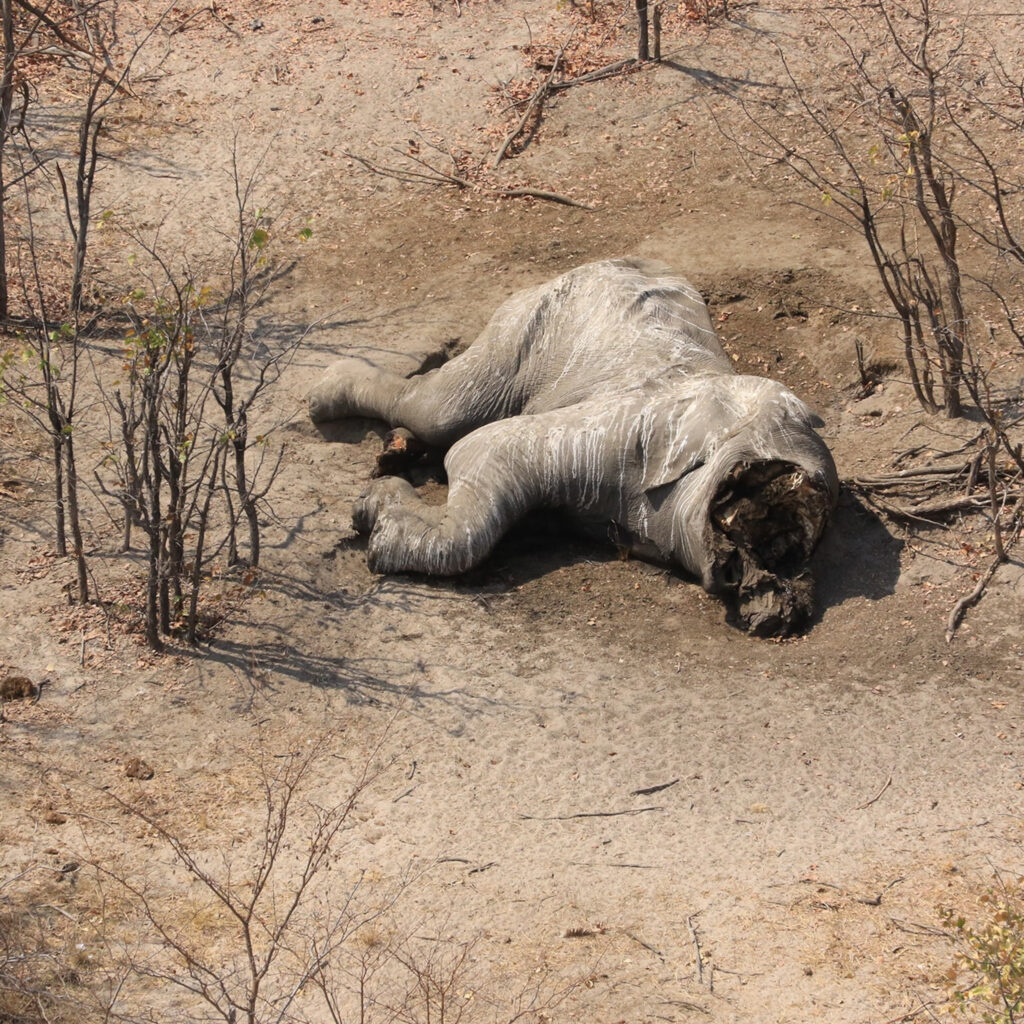
4. Tourism and Economic Impact:
African savannah elephants contribute significantly to the tourism industry, drawing visitors from around the world to witness their grandeur in their natural habitats. Responsible and sustainable wildlife tourism not only provides economic benefits to local communities but also creates incentives for the conservation of these iconic species. Protected areas and wildlife reserves become vital havens for elephants, where their existence becomes intertwined with the economic well-being of the surrounding human populations.
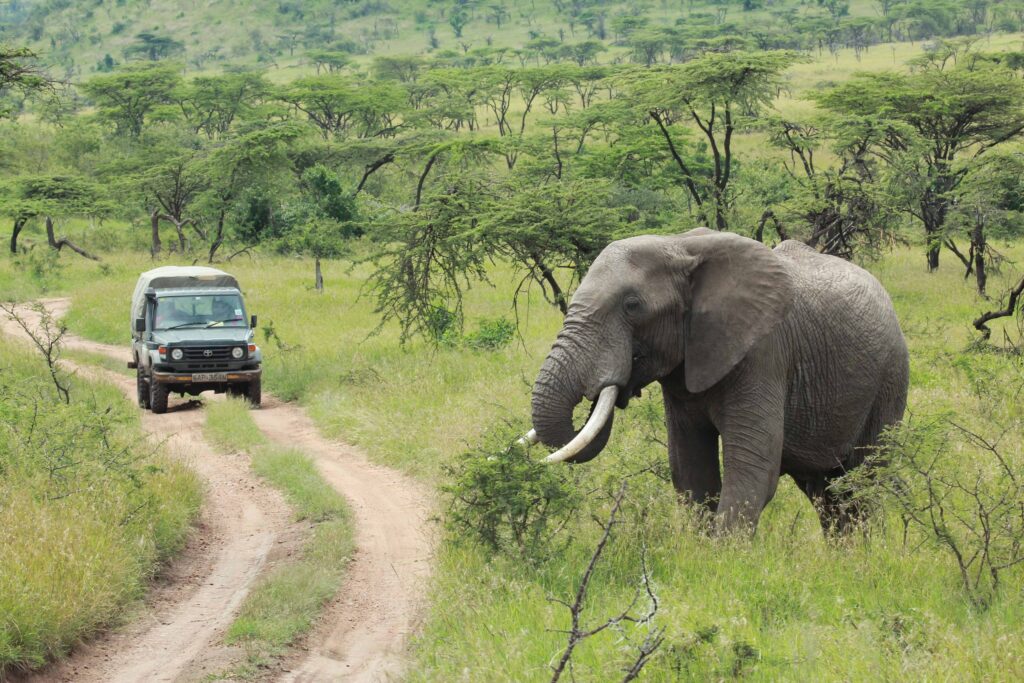
In conclusion, the African savannah elephant stands as a charismatic ambassador for the richness of Kenya’s ecosystems. Their intelligence, social complexity, and ecological contributions make them a fascinating species to study and admire. Balancing conservation efforts with sustainable tourism and community engagement is essential to secure the future of these majestic giants and ensure that generations to come can marvel at the wonders of the Kenya’s savannah.
